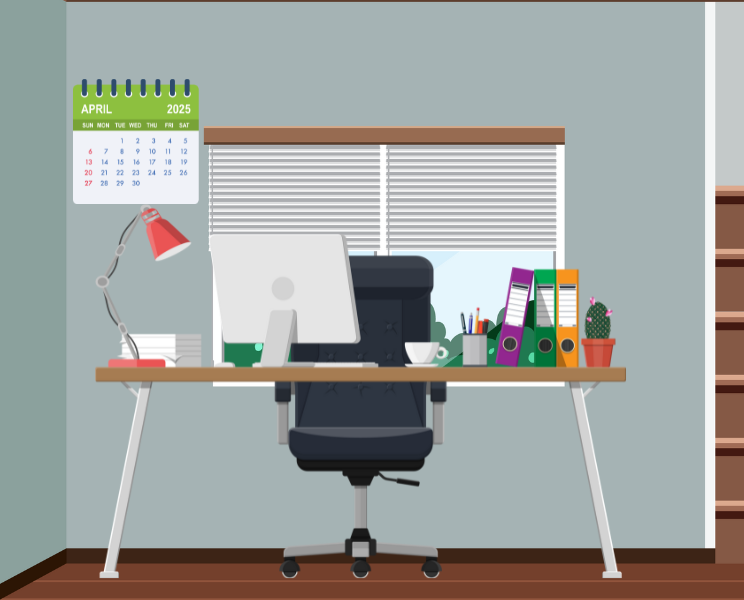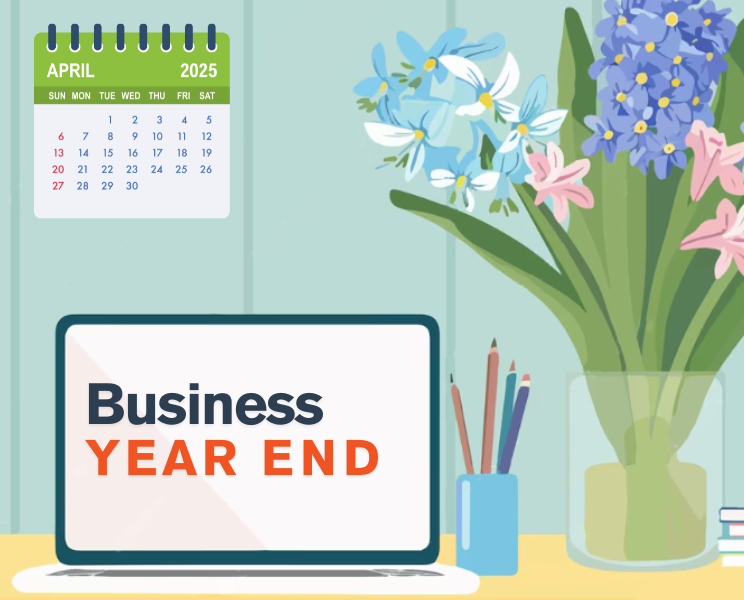VAT Invoices – Getting The Paperwork Right!
If your business is registered for VAT then you must charge output VAT to your customers. It is important to prepare the correct type of VAT invoice and to include the correct information on your VAT invoices.
Full VAT invoice
A full VAT invoice is used for most transaction and needs to include:
- your business’s name, address and VAT registration number
- the name or business name and address of your customer
- a unique invoice number
- the date of issue
- the time of supply of the goods or services (this may be the same as the date of issue and you might hear it referred to as the ‘tax point’)
- a description of the goods or services supplied, including the
- quantity of each type of item
- the total amount, excluding VAT
- the total amount of VAT
- the price per item, excluding VAT
- the rate of VAT charged per item (if an item is exempt from VAT or is zero-rated, this should be clearly stated)
- the rate of any discount per item if given
Modified VAT invoice
A modified VAT invoice can be used for retail supplies over £250. This must include all the same information as a full VAT invoice with the addition of the total amount including VAT (the gross sale).
Simplified VAT invoice
A simplified VAT invoice can be used for retail supplies totalling less than £250 and this is less detailed than a full or modified invoice. Simplified VAT invoices must include:
- your business’s name, address and VAT registration number
- a unique invoice number
- the time of supply of the goods or services (this may be the same as the date of issue)
- a description of the goods or services supplied
- the rate of VAT charged per item (if an item is exempt from VAT or is zero-rated, this should be clearly stated)
- the total amount including VAT
Reclaiming VAT on purchases
To reclaim input VAT paid to suppliers you must retain all VAT receipts which should show the VAT rate and amount you’ve paid, complete with the VAT number of the registered business. All VAT records should be kept electronically for at least 6 years and may be requested for inspection by HMRC to ensure your records are in order. We recommend using an app such as Dext Prepare so you can take a picture of your receipts on the go and then throw them in the bin so you don’t have to keep any paperwork!
When can you not claim VAT back on purchases?
- Personal use – VAT can only be claimed on goods or services used wholly and exclusively for your business. If partially for personal use, you may only be able to claim back a proportion of the VAT. For example, if your business leases a car which you sometimes use personally you can only reclaim 50% of the VAT on the lease costs.
- Business entertaining – VAT cannot be claimed back as input VAT on any nonemployee entertainment. This includes any costs incurred entertaining people who are not employees, but would not include for example holiday parties where your team can bring plus ones (this still counts as staff entertainment!). If not all of your employees are invited the whole event might be deemed ‘hosting’ in which case 100% of the VAT is restricted. Otherwise, you might be able to apportion between employee vs non-employee entertainment.
- Invoice does not include VAT – if your supplier is not registered for VAT then you will not have been charged VAT so there is nothing to reclaim. Additionally, if the invoice is for zero-rated or exempt goods/services then there will be no VAT to reclaim. A full list of VAT rates on different goods and services can be found here



